Wine has slowly but surely caught the fancy of Mumbai’s tipplers. As The Bandra Wine Tasting Festival gets underway this weekend, Kanika Sharma helps you wind your way in this heady universe of reds and whites
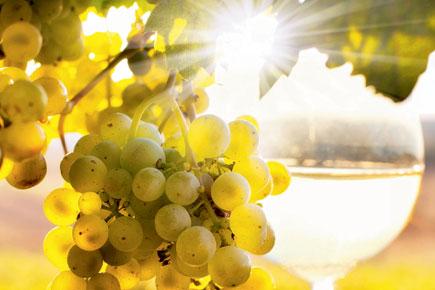
Know Pinot Grigio from Pinot Noir...
A wine is often described by the variety of grapes it is made from. For example, widely-known white grape varieties are Pinot Grigio, Riesling and a Chenin Blanc; while for red varieties — Pinot Noir, Merlot, Sangiovese and Shiraz are frequently heard of.
ADVERTISEMENT
Basic Whites
Pinot Grigio: This light white Italian wine variety is made in a crisp and dry style and is often consumed within a year or two of its production.
Riesling: Mainly from Germany, this light-skinned white grape variety is fruity, light, aromatic and can be dry as well as very sweet and complex, if aged.
Chenin Blanc: One of the most widely grown white grape varieties, Chenin Blanc originated from the Loire valley of France. The grape is known for its acidity that helps in making dry to semi-dry wines along with sparkling wines.
Sauvignon Blanc: This aromatic, light and fruity white grape variety originates from Bordeaux, France. It gets its name from French words sauvage and blanc. Both in old world and new world wine regions this grape varietal has been a success.
Basic Reds
Pinot Noir: One of the most elegant and delicate grape varieties, Pinot Noir is known as Burgundy Crown. It is also widely grown in Australia, California and
New Zealand.
Merlot: Often connected to Bordeaux, this is a deep red grape variety, which is produced and enjoyed worldwide as a single varietal or in blends.
Sangiovese: Derived from the Latin word sanguis Jovis “the blood of Jove”, this is one of the highest cloned grapes that is synonymous with the Italian region Tuscany. It’s a full-bodied wine with medium to soft tannins.
Shiraz: It is a dark-skinned grape, that is widely produced around the world, mainly to produce red wines. It is known as Shiraz from Australia and world over, and Syrah from Rhone Valley, France.
What’s the difference?
A novice wine drinker needs to know that in terms of colour. White wines should be pale yellow or pale greenish, pale gold, rich yellow, deep yellow and faded brownish yellow — these signify the age of the wines from young to old respectively. In red wines, the colour can determine whether it’s a light-bodied or a medium-bodied or an old red wine. When you swirl the white wine, what you also see is the formation of “legs” or “tears” which usually runs down the sides of your glass.
Better legs means higher alcohol, which means the wine, will give you a dense mouth-feel experience. And in case of red wines, swirling not only opens up wine to a great extent, it also helps you check if there is any sediment settling down in the glass.
Wine is produced from a fruit so all primary flavour profiles indicate general fruit characters. Fresh fruit, flowers, herbs, vegetables, leaves, spices, oak along with acidity and tannins are the words that are used to describe the taste of the wine.
Clinking it right
Selecting the right glass can go a long way in understanding wines better. There are thousands of varieties of wine glasses out there. For whites, one should look for a standard wine glass that has a longer stem and a smaller bowl or a proportionate stem and bowl with a wide mouth (for grape varieties like Chardonnay). For reds, a bigger and deeper bowl proportion than the stem and the foot should be picked. It is called a Bordeaux style glass. Riedel, StÖlzle USA and Schott Zwiesel are some of the famous wine glass manufacturers who specialise in many styles and glass varieties.
Information Courtesy: Rojita Padhy, wine expert and curator of Selection of India’s Finest Wines
The five Ss of wine tasting
See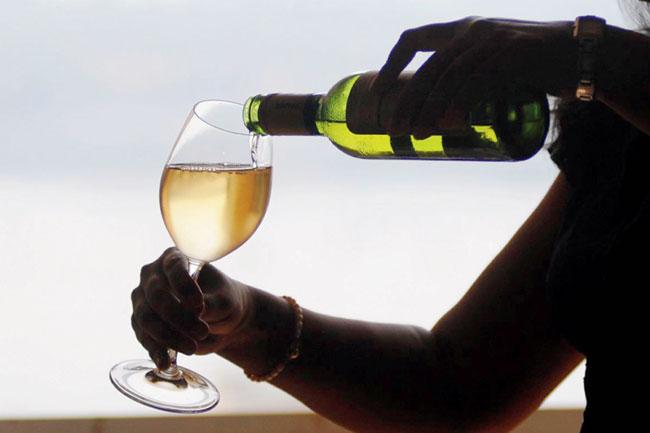
This is the stage where you determine the colour of the wine and also check for clarity by looking at the wine against the light (preferably).
Smell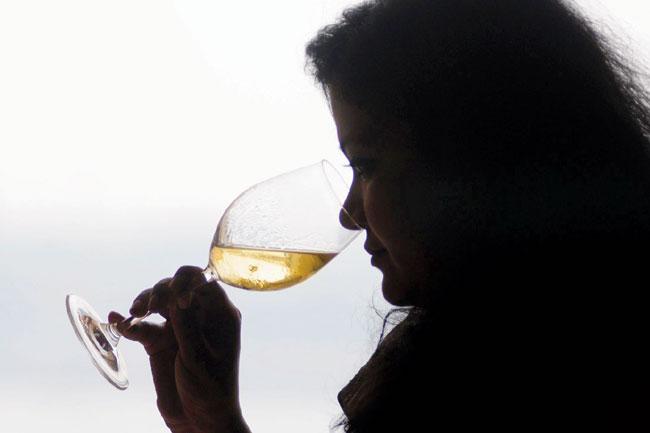
This is done to determine the aromas/nose of the wine. For those who have a keen sense of smell, smelling the wine helps finding its faults, if any.
Swirl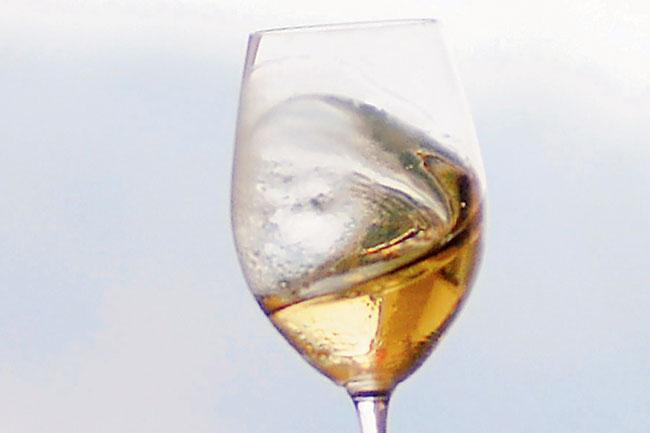
One often sees wine connoisseurs do this. As wine is believed to be living in the bottle, the swirl helps the wine to come in contact with oxygen and open up its flavour profile.
Sip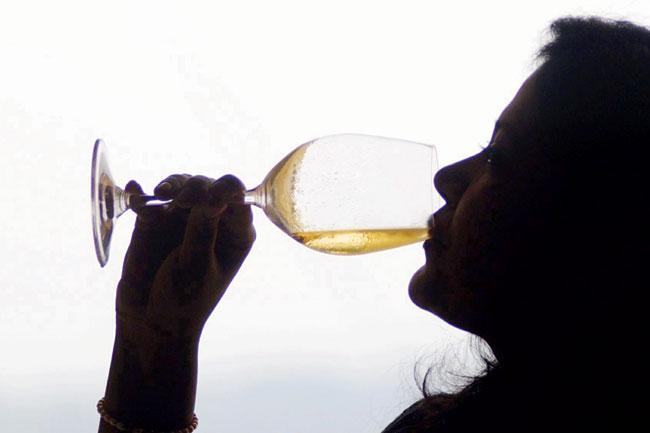
It’s finally time to drink the wine. The idea is to take a big sip of the drink but not swallow it. Keep it in the mouth for sometime and determine the taste or its effect on the palate.
Spit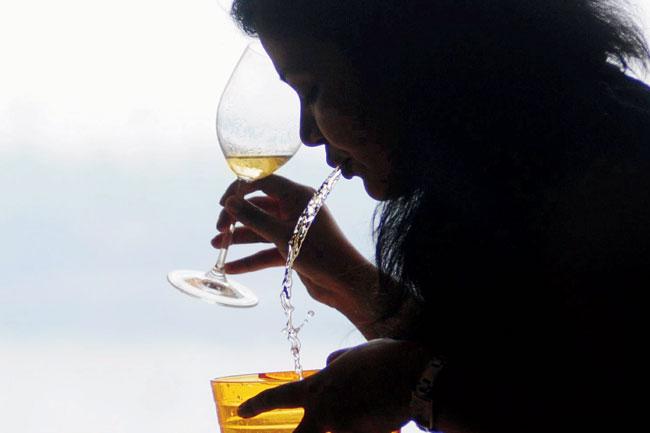
Professional wine tasters, who sometimes taste 50-100 wines a day, spit. However, if you are enjoying wines with friends, family or just on your own, do not bother with the last stage.
Vada Pav and wine?
Chef Michael Swamy shares that the key to pairing a dish with wine is simple — taste. When it comes to Indian food, he shares, “There are a few fundamentals when pairing Indian dishes with wines. Crisp, clean whites go better with Indian food. Spicy, rich wines like a Shiraz go well with rich, spicy food.”
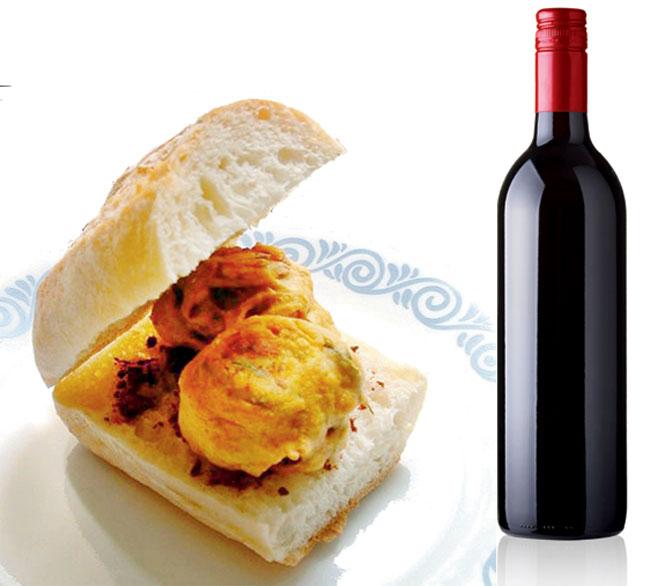
He also feels climate is one factor that is, many a times, not considered adequately. “In Europe, wines are usually served at room temperature, which means 16 to 18 degrees, whereas in India, the room temperature is 30 degrees — a complete no-no. Everything, from the temperature to your own mood affects how you taste the wine,” he says. Considering this, he recommends whites as, “India is mostly hot most of the time. Hence, wines like Chenin Blanc and Reislings go well.”

Chef Michael Swamy
Swamy feels that wines will also work well in Indian cooking. “Just the way a Shiraz would go with the dish Raan, you can cook the dish in the same wine. This opens up new flavours and textures while the alcohol gets burnt off while cooking itself,” he explains. Another tip from the chef is that wine can replace vinegar in many stages of cooking.
Speaking of the dishes to pair with wine with, Swamy feels anything from a Vada Pav to a Samosa or even bhajiyas will complement a glass of Rosé hile lentils are a must-recommend with Chenin Blanc. Cheers!
Terms for a taster
Aromas: The smell or bouquet or the nose.
Acidity: The tartness, citric, fresh, crisp and biting finish of a wine.
Tannin: It is that long, harsh dryness that coats your mouth sometimes as you taste tea. Matured good red wines have that character. It comes from the grape skin, seeds and stems during fermentation or during aging in oak barrels from the wood.
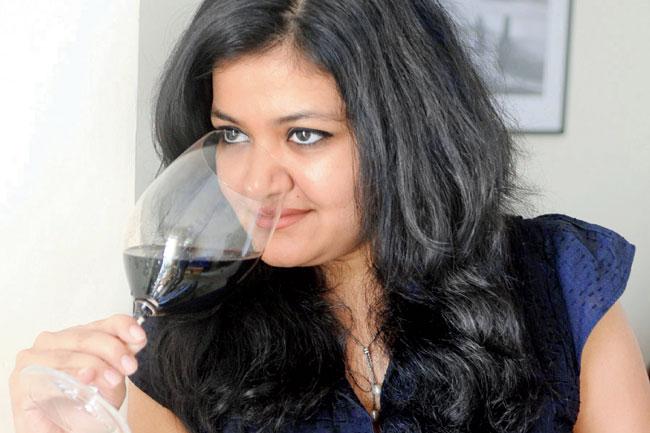 Wine expert Rojita Padhy. Tasting pics/Nimesh Dave
Wine expert Rojita Padhy. Tasting pics/Nimesh Dave
Complexity: This is what a good wine has — many layers of flavours on both the nose and the palate. It generally comes with aging of a wine.
Balance: A perfect blend and harmony of all the elements: alcohol, tannin, acidity, and fruit in the wine.
Blend: A mix of two or more grape varieties.
Body: The weight or feel of the wine in the mouth caused by the alcohol content and sugar.
Corked: A dusty, off and wet smell that comes from the cork or the one that the wine leaves on the palate.
Fermentation: The process in which the sugar from the grape gets converted into alcohol and CO2 by coming in contact with yeast cells.
Legs: The drops that slide down the sides of the glass after swirling the wine. It is the sign of a good wine.
Oxidisation: When the wine changes colour after coming in contact with air. This is common with whites. This is a sign of a bad wine.
 Subscribe today by clicking the link and stay updated with the latest news!" Click here!
Subscribe today by clicking the link and stay updated with the latest news!" Click here!






